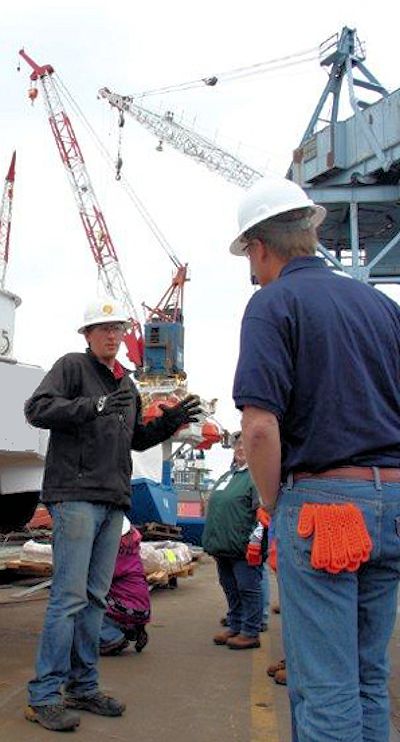The SEMS Safety Culture
Brian Salerno, former Director of BSEE, believes a safety culture is how you approach risk. How you balance risk to the employees and the environment with the need to stay on schedule, to complete the well, or to start production.
He goes on to ask important questions that help determine a safety culture: "Are people afraid to speak up when they see something wrong? Will they immediately halt operations if their colleagues are in danger? Or, do they only pay attention to the missing handrail when they see the helicopter with a BSEE inspector approaching their facility? How much risk - to themselves - are they willing to accept?
Another former BSEE director, James Watson, believes an effective SEMS Safety Culture Policy Statement is at the core of an offshore operations safety culture, at all times, because every offshore operation - no matter when or where it is performed - carries with it some degree of risk.
The following are the nine characteristics of a robust SEMS safety culture:
- Leadership Safety Values and Actions - Leaders demonstrate a commitment to safety in their decisions and behaviors.
- Problem Identification and Resolution - Issues potentially impacting safety are promptly identified, fully evaluated, and promptly addressed and corrected commensurate with their significance.
- Personal Accountability - All individuals take personal responsibility for safety.
- Work Processes - The process of planning and controlling work activities is implemented so that safety is maintained.
- Continuous Learning - Opportunities to learn about ways to ensure safety are sought out and implemented.
- Environment for Raising Concerns - A safety conscious work environment is maintained where personnel feel free to raise safety concerns without fear of retaliation, intimidation, harassment, or discrimination.
- Effective Safety Communication - Communications maintain a focus on safety.
- Respectful Work Environment - Trust and respect permeate the organization.
- Inquiring Attitude - Individuals avoid complacency and continuously consider and review existing conditions and activities in order to identify discrepancies that might result in error or inappropriate action.
Knowledge Check Choose the best answer for the question.
2-3. According to former BSEE director Jim Watson, why is a SEMS Safety Culture Policy Statement at the core of an effective safety culture?
You forgot to answer the question!

